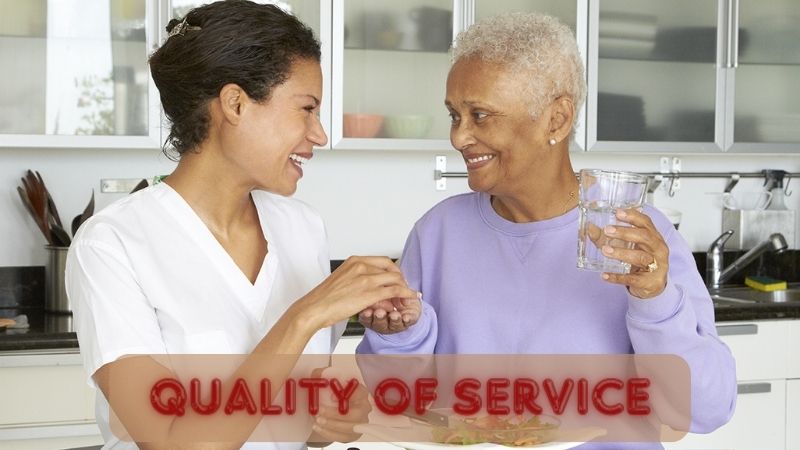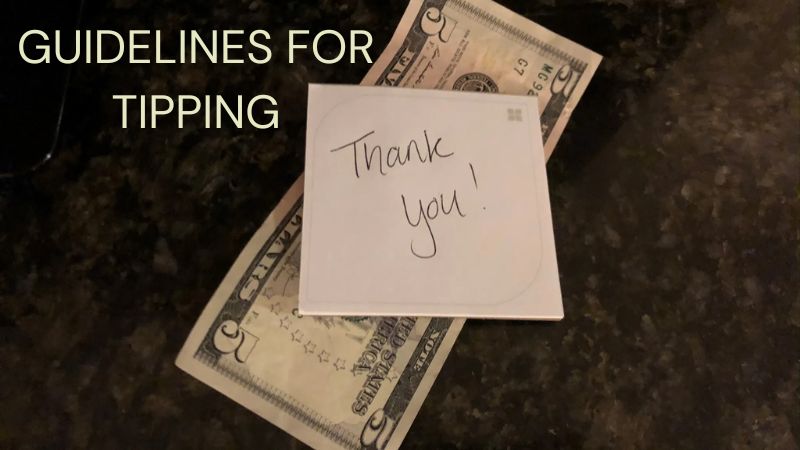In the vast arena of service industries, the practice of tipping has entrenched itself as a customary gesture to express appreciation for exceptional service. Whether it’s dining at a restaurant or staying at a hotel, tipping norms often vary widely, leaving individuals in a quandary about the right amount to tip. However, when it comes to tipping home health aides, the landscape is markedly different. In this exploration, Top-skincare delve into the nuanced realm of how much to tip home health aides, elucidating various considerations, guidelines, and alternative expressions of gratitude.
Factors to Take Into Account
Home health aides play an indispensable role in providing support to individuals with diverse medical needs, disabilities, or those requiring assistance with daily activities. Their unwavering dedication and compassionate care often leave an indelible impact on the lives of their clients. Yet, unlike professions where tipping is the norm, such as waitstaff or hairdressers, tipping home health aides is less prevalent and subject to distinct norms.
Determining how much to tip home health aides can be perplexing for many individuals and families navigating the intricacies of caregiving. While there isn’t a one-size-fits-all answer, several factors can significantly inform tipping decisions.
How Much to Tip Home Health Aide
Quality of Service
Principal among these factors is the caliber of service delivered by the home health aide. Exceptional care characterized by attentiveness, professionalism, and empathy could merit a more substantial tip as a gesture of gratitude. Conversely, if the service fails to meet expectations, it might impact the choice to tip or the magnitude of the gratuity offered, reflecting the importance of quality service provision in determining tipping practices in the home healthcare setting.

Duration and Frequency of Care
Moreover, the length and regularity of care provided significantly influence tipping deliberations. Individuals who depend on continuous assistance from a home health aide, particularly over extended durations, may find that a gesture of appreciation is more appropriate compared to instances of short-term aid. This acknowledgment underscores the importance of considering the duration and frequency of care when determining appropriate tipping practices in the realm of home healthcare.

Financial Considerations
Budgetary constraints also weigh heavily in tipping deliberations. While expressing appreciation is paramount, individuals should never feel compelled to tip beyond their means. Striking a delicate balance between acknowledging the caregiver’s efforts and managing personal finances is crucial.
Guidelines for Tipping
Given the variability in tipping norms and individual circumstances, it’s understandable that many may feel uncertain about how much to tip home health aides. A commonly suggested guideline proposes tipping around 10-20% of the total cost of the service. However, this recommendation may not always align with everyone’s preferences or financial capacities.

Seeking Counsel
When contemplating the suitable gratuity for home health aides, seeking counsel from credible sources can offer invaluable guidance. Engaging in discussions with the home health aide’s employer or agency can provide clarity regarding their stance on tipping. Certain agencies may discourage tipping altogether or have established protocols to ensure fair compensation for their staff. By consulting with these entities, individuals can navigate tipping practices conscientiously and in accordance with established guidelines.
Open Communication
Clear communication plays a pivotal role in navigating tipping etiquette for home health aides. In situations of uncertainty, individuals can respectfully initiate discussions about tipping practices directly with the caregiver or their agency. This open dialogue fosters mutual understanding and ensures that gestures of gratitude are received graciously, facilitating a harmonious relationship between caregivers and those receiving care.
Alternatives to Monetary Tipping
While tipping remains a prevalent way to express gratitude in many service industries, it’s not the sole avenue for acknowledging a home health aide’s dedication and hard work. Individuals can explore alternative means of appreciation.
Expressing Gratitude in Other Ways
One thoughtful alternative is to provide non-monetary expressions of gratitude, such as handwritten notes or heartfelt verbal appreciations. Personalized gifts, such as homemade treats or small tokens of appreciation, can also convey gratitude in a meaningful manner.
Fostering a Supportive Environment
Furthermore, cultivating a supportive and respectful workplace environment for home health aides is of paramount importance. Demonstrating kindness, respect, and appreciation towards caregivers on a consistent basis nurtures a positive dynamic founded on mutual respect and trust. This not only enhances job satisfaction but also fosters a collaborative atmosphere conducive to providing high-quality care to patients.
Closing Thought
In conclusion, navigating the labyrinth of how much to tip home health aides entails considering a myriad of factors, including the quality of service, duration of care, financial constraints, and cultural norms. While tipping serves as one avenue for expressing gratitude, it’s not the exclusive option. Open communication, respect, and gratitude form the bedrock of a harmonious relationship between caregivers and those they assist. Ultimately, the paramount goal is to acknowledge and appreciate the invaluable support provided by home health aides in enriching the lives of individuals in need.
